Bachelor, Full Time

- Campus Wels
- Email sekretariat.ee@fh-wels.at
- Telephone +43 5 0804 43075
- Download info sheet Contact us
Practical Experience and Research
Development of a 60KW Pulse Density Modulation Induction Heater
Induction heating is a very important industrial process nowadays used to melt or heat metal parts for applications like casting, forging, or hardening. The goal of the bachelor's project of the student Moritz Hillinger was to develop a compact and powerful induction heating system that outperforms competitor products in terms of volume and weight power density. This was achieved by the usage of a resonant converter which gets controlled using Pulse Density Modulation, as this method leads to a large reduction of semiconductor switching losses in the system.
No company was involved in the development and construction process, as this was a project based on personal interest, built fully at home in a private laboratory.

Electric Vehicle Drive Train Thermal Modeling for Controller Hardware in the Loop Testing
Mechatronic
systems produce heat, and may burn-out or even catch fire. Therefore,
temperature modeling is critical in the design process.
The goal of this bachelor’s thesis of Reily Janson was to model the temperature of the drivetrain, primarily the motor and inverter, of an electric vehicle. A very powerful technique for thermal modeling is to consider the system as a thermal circuit with resistors and capacitors; in fact, most physical systems can be understood by this analogy. In this way, the circuit can be simplified and solved by the same rules as electric circuits. In the end, we obtain sets of differential equations. By coupling these into multi-physics systems, we can describe the entire world around us mathematically.

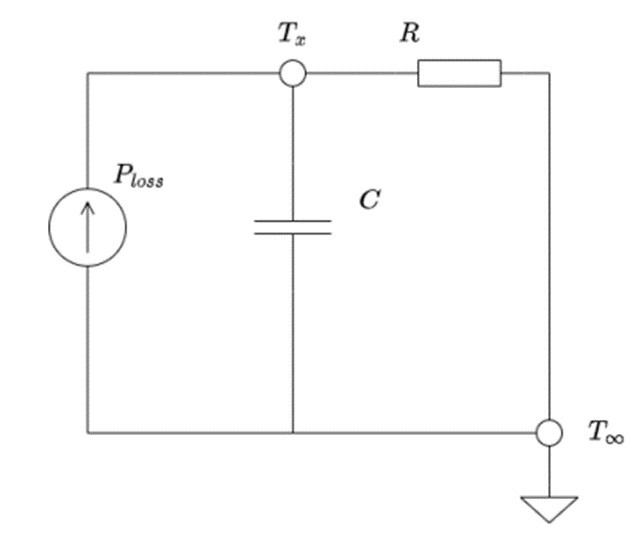
EE-students develop unique arc loudspeaker
The two electrical engineering master's students Bence Schmuck and Moritz Hillinger have made a fascinating invention. The two have developed an arc loudspeaker in their living room that is operated with high voltage. An arc loudspeaker generates sound waves through an electric arc. The students used high voltage to create a tiny arc between two electrodes. By modulating the arc with the music, the air heats up in time with the music and produces sound waves with the same sounds as the music. The innovation lies not only in the technology, but also in the creativity of the students, who implemented the project in their living room using recycled components.

The Development and Testing of a High Output Voltage DC-DC Converter
The goal of the bachelor's project of Bence Schmuck was to create a small form factor high voltage power supply that would lead RECOM Power GmbH into the high voltage DC/DC converter market. Such a small, 1” x 2” footprint PCB mountable power supply could be used for a variety of different applications ranging from medical applications to electrostatic research. The developed power supply was aimed to outperform the existing competitors in total power output, power density and controllability. This was done by developing a small but powerful buck converter input stage, followed by a resonant converter and a voltage multiplier output stage. This way an easily and precisely adjustable high voltage output was achieved. This project was funded and owned by RECOM Engineering GmbH in Gmunden and it was carried out by the students Bence Schmuck in close collaboration with Moritz Hillinger.
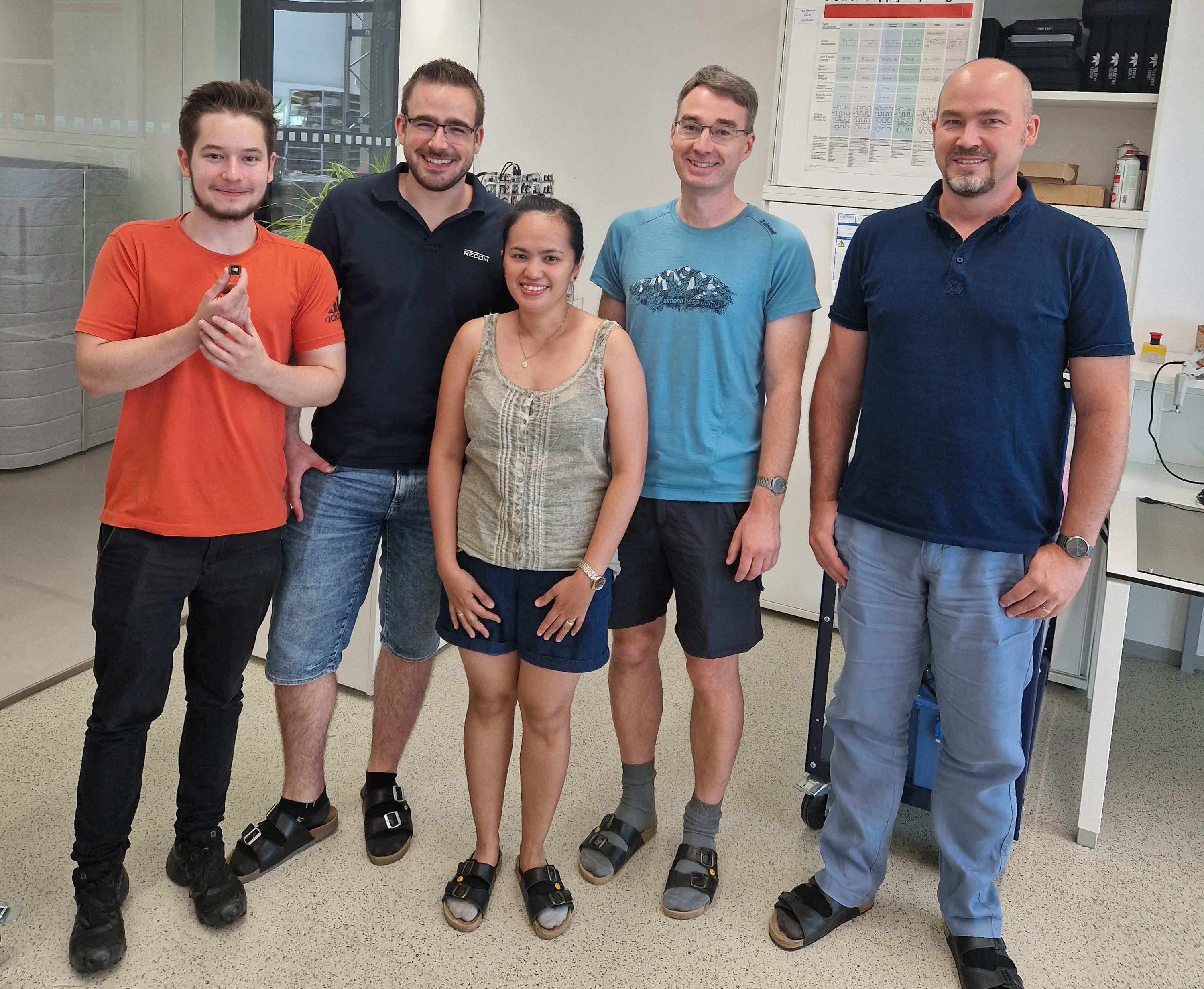
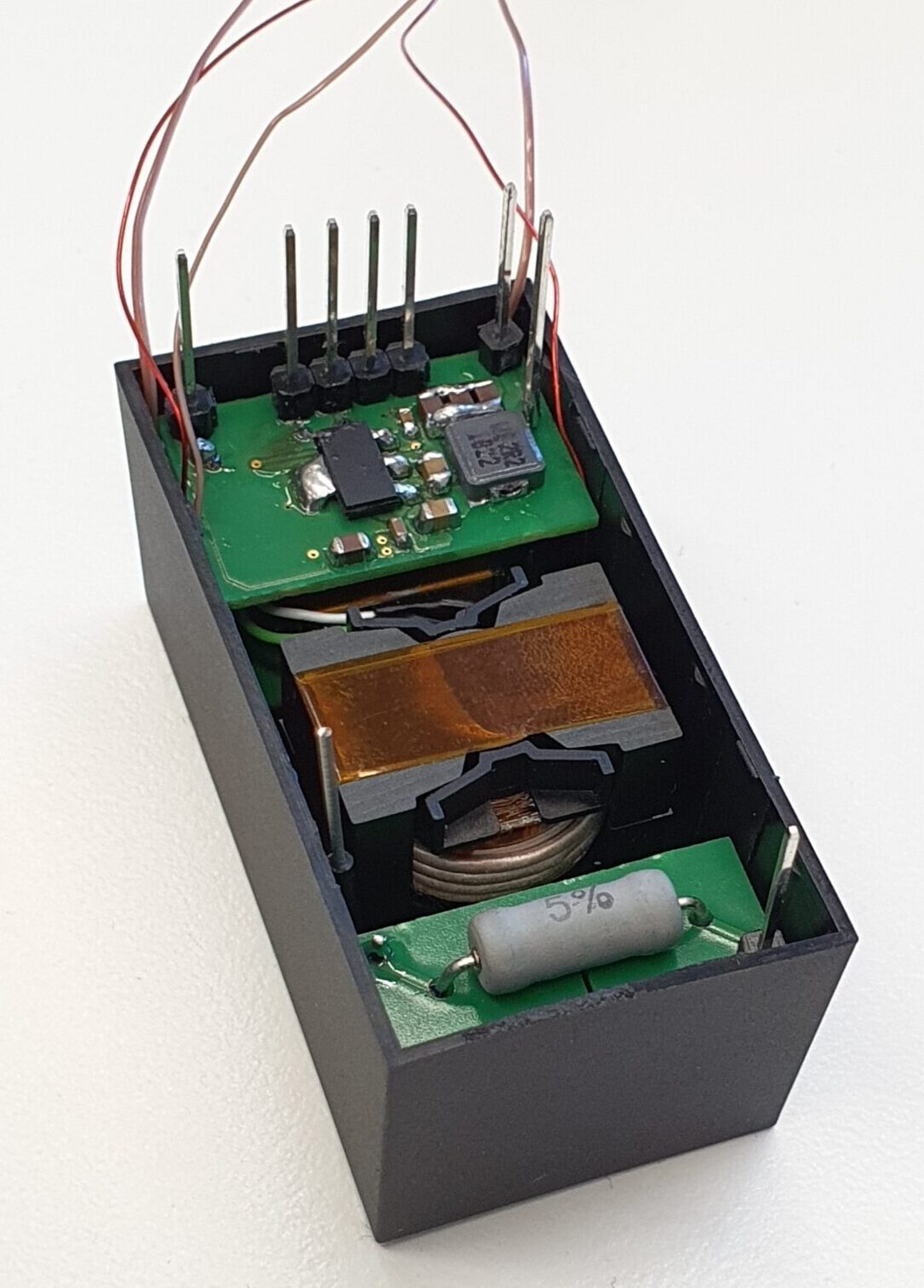
Real-Time Transmission Line Parameter Estimation for Improved Power Balancing
University of Applied Sciences Upper Austria Research Group ASIC is involved in the project OpenGrid4PV, aimed on optimizing distributed solar generation integration in regional power system.
As research intern, the EE Bachelor student Andrii Honchar from Ukraine is tasked with analysis and setting up real-time transmission line parameter estimation from voltage and current measurements, allowing to monitor line SIL for improved power balancing.
The approach is to combine series of measured values, formulating well-conditioned linear regression problem, and to solve it numerically for optimal parameter values for blocks of data. Real-time performance of this method is illustrated in the uploaded file.
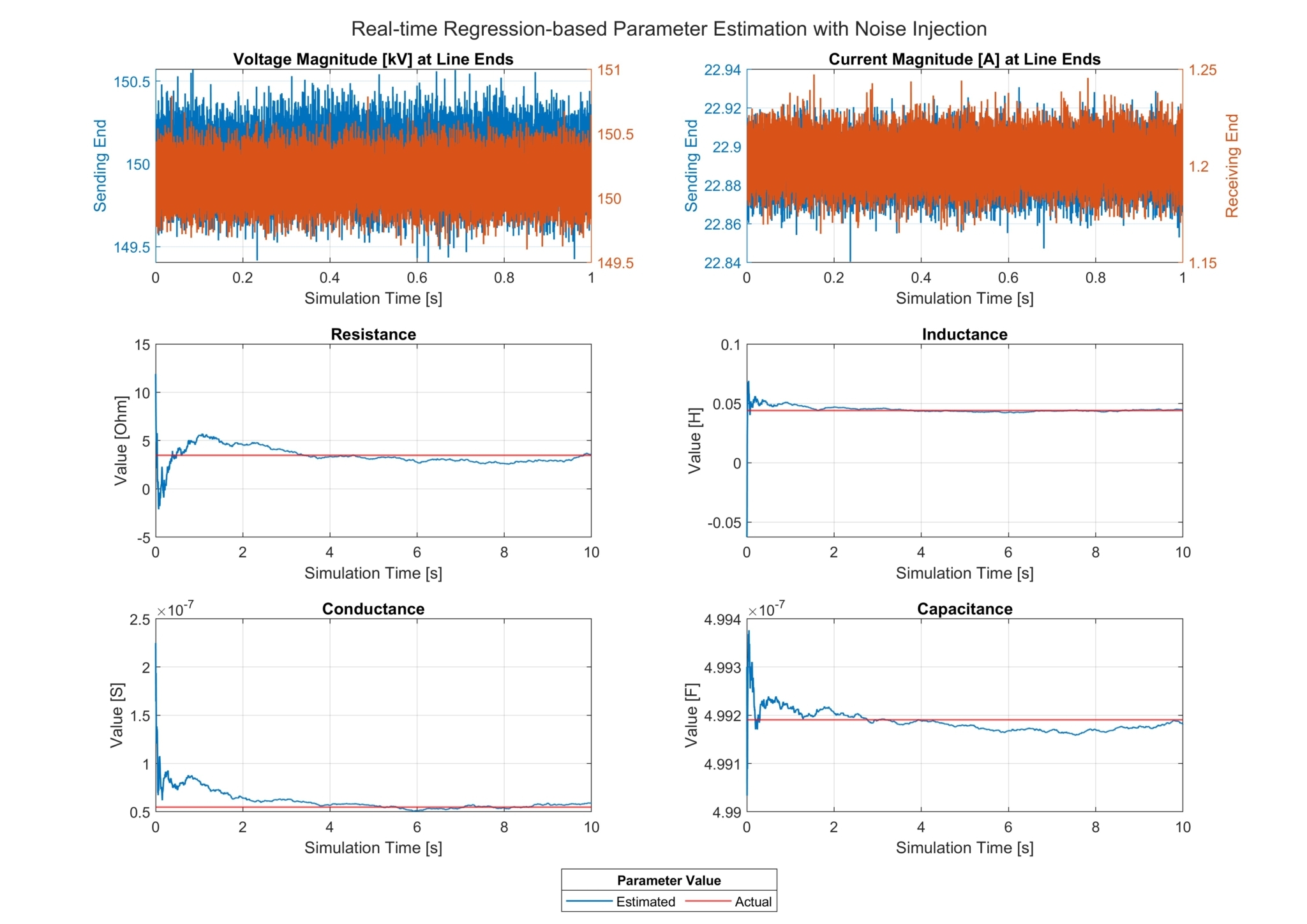
Advancing Electrical Energy Engineering Through Deep Learning
Integration of the Scaled Polynomial Constant Unit Activation Function for Enhanced Power Grid Analysis
An Artificial Neural Network (ANN) equipped with a newly developed SPOCU activation function is to be created for Bogdan Krasylnykov's Master's project. ANNs, a branch of AI simulating the human brain's operations, are implemented as computer programs. The initial architecture for this project is a Perceptron, which includes input nodes, a summation node, and an activation function, forming Multilayer Perceptron (MLP). Each input node has a weighted connection, with weights adjusted during forward- and backpropagation for precise predictions. The addition of the SPOCU activation function, an adaptive function for efficient learning in dynamic networks, will enable the ANN to handle complex tasks and power grids. Python, featuring machine learning-specific packages like Keras and TensorFlow, is the chosen programming language.
Exploring Computational Electromagnetics
In this Master's project of Bogdan Kraslnykov, program which able to evaluate capacitance for arbitrary 2D-geometry were implemented. This program was developed on Python and based on computation method called Method of Moments.
Method of Moments is quite a widespread method, used in many proprietary EM simulation software (e.g. COMSOL) and Python was chosen, because it is freely available and has many additional open libraries. Method of Moments (or shorty MoM) is a numerical computation method, that solves Maxwell’s equations formulated in integral form.
MoM utilizes integral formulation of Maxwell’s equations (with Green’s functions) and unknown of these equations are sources of electric and magnetic fields, like currents or charges on the surfaces of conductors and dielectrics.
This method is suited for open region problems (e.g. antennas or microwave problems often include open regions), where other methods, like Finite-Difference Time-Domain, can give significant error.
Lifetime Estimation of Solar Cells
Led by Orynbassarov Abay, a master's student in the Electrical Engineering program at FH Campus Wels from Kazakhstan, this project focuses on estimating the lifespan of solar cells using censored data. Employing advanced statistical methodologies, the research endeavors to analyze and predict the durability of solar cells based on incomplete data sets. The ultimate aim is to enhance the reliability and longevity of solar energy systems, contributing significantly to the advancement of sustainable energy solutions. At the moment, Abay applies his expertise at Coil Innovation, a leading manufacturer of Air Core Dry Type reactors, where he applies his research findings to real-world applications, reinforcing the practical relevance of this study in addressing the challenges of renewable energy technology.
Student projects in R&D
Students are also invited to join in R&D activities at the University in the form of student projects or as research assistants. Electrical storage systems, PV systems, e-mobility, power electronics, high voltage and high current engineering, switching devices and lightning protection are a few examples of the areas of principle interest.
High voltage lab @ Wels Campus
New HV test field at University of Applied Science Upper Austria
As part of an EU-funded project (Interreg project AB43), students and scientists are carrying out research to develop a high-voltage battery. The aim is to develop a reliable battery system that can be integrated
directly into a medium-voltage DC system, creating high-performance units to store electrical energy, with excellent capacity at peak loads.
For the project, all the dielectric loads have to be investigated, especially those caused by voltage surges and sustained DC loads. Influences such as the climate, contamination and temperature are varied. Associated power electronics must also be tested for the occurrence of voltage surges. The University of Applied Sciences Upper Austria has created a 30 kV prototype which has passed initial tests. As part of the project, two Faraday cages were built. One is equipped with a HIGHVOLT impulse generator (1 MV, 50 kJ). The other test enclosure contains an AC/DC kit (200 kV AC, 270 kV DC). All necessary precautions have been taken by HIGHVOLT, with a commercially available partial discharge measuring system integrated into the AC/DC system. One feature worth particular mention is that the impulse generator can also be set to impulse currents with 4/10, 8/20 and 10/350 waveforms.
All the measuring equipment required for this purpose was also developed and installed by HIGHVOLT. As well as conducting research, students on the international electrical engineering course (bachelor's and master's degrees) are trained to work with the equipment itself during laboratory exercises, thus learning not only the key physical processes occurring when insulating materials are subjected to high voltages, but also how to handle ultra-modern high-voltage measuring technology.
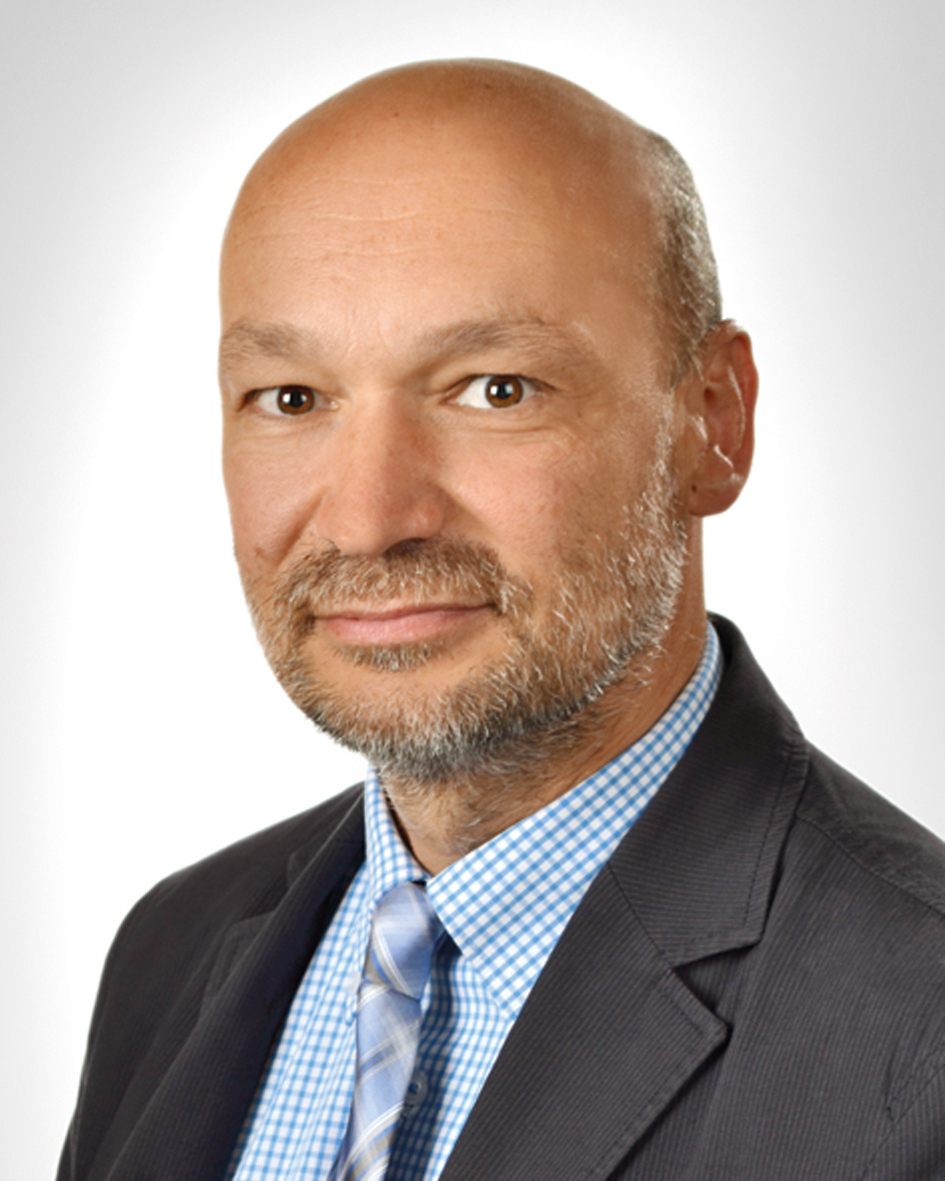
The lab is busy around the clock with research and teaching, and is a central, indispensable piece of research equipment for our institution.
Dr. Peter Zeller
Former head of studies
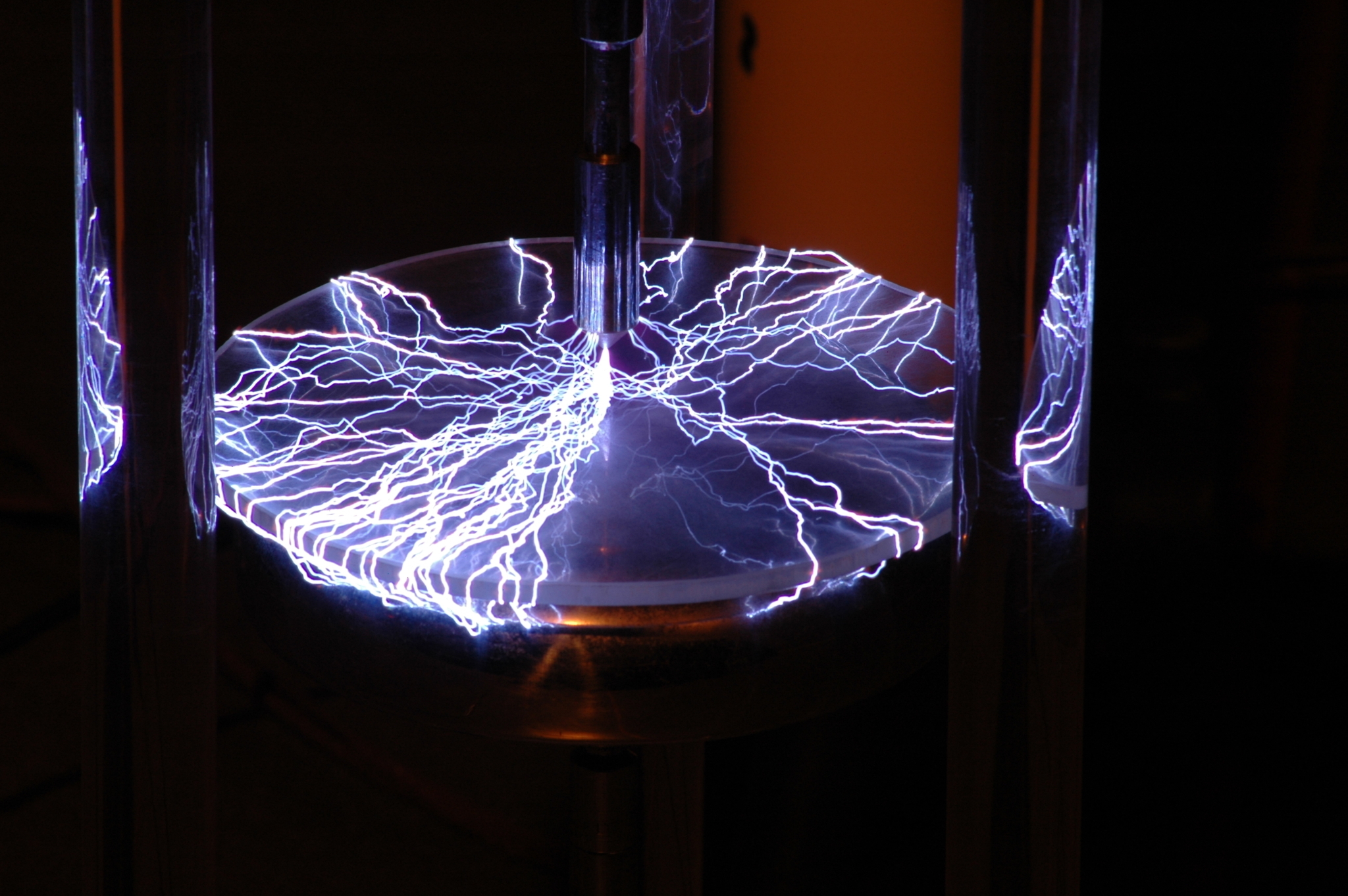

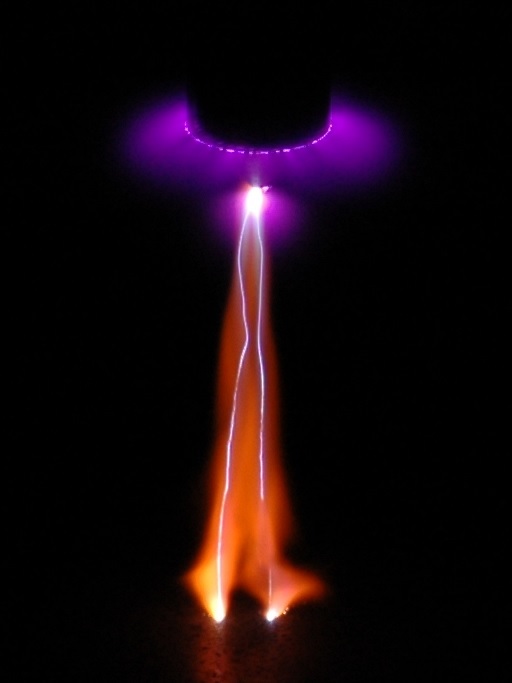
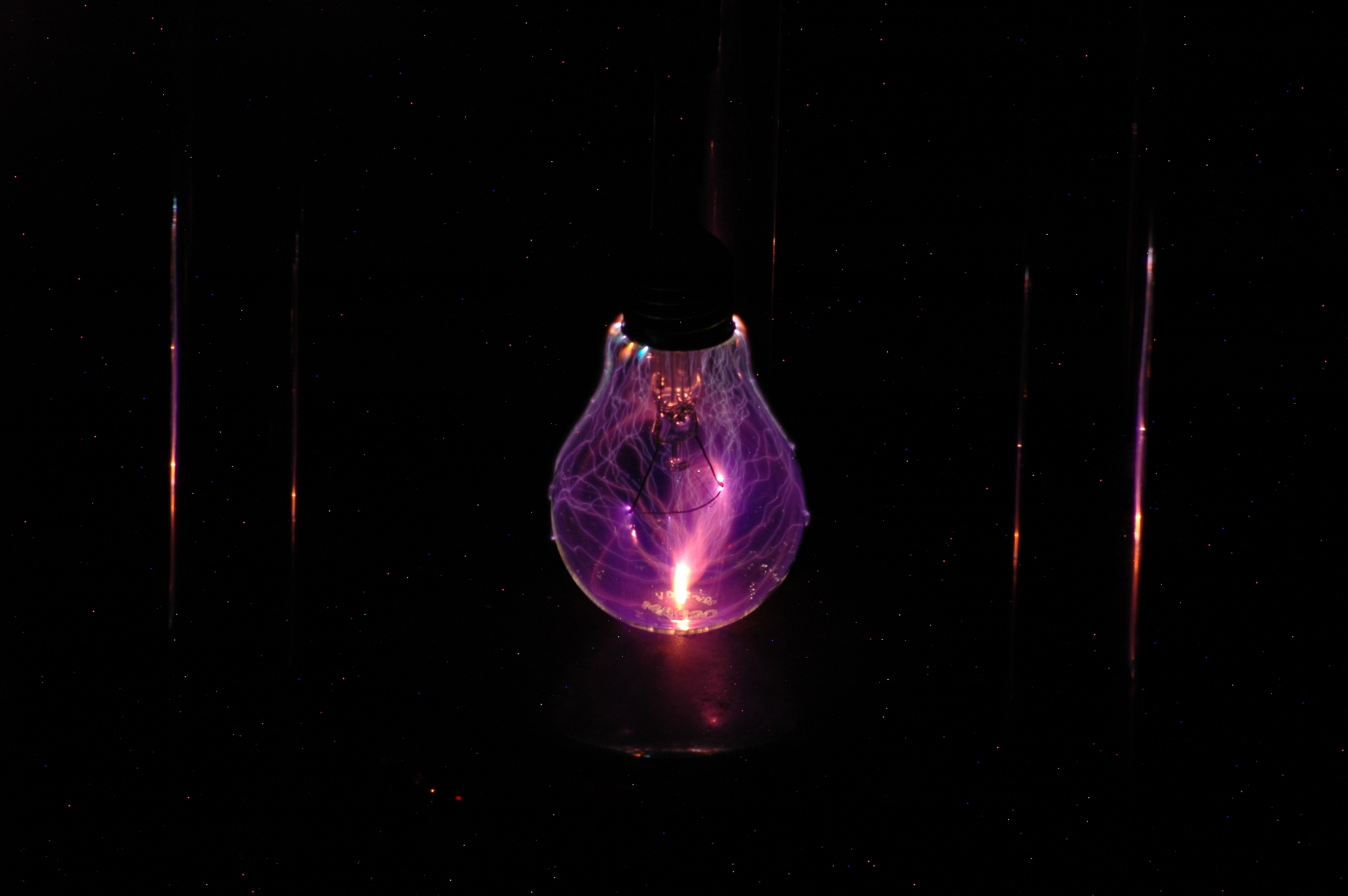
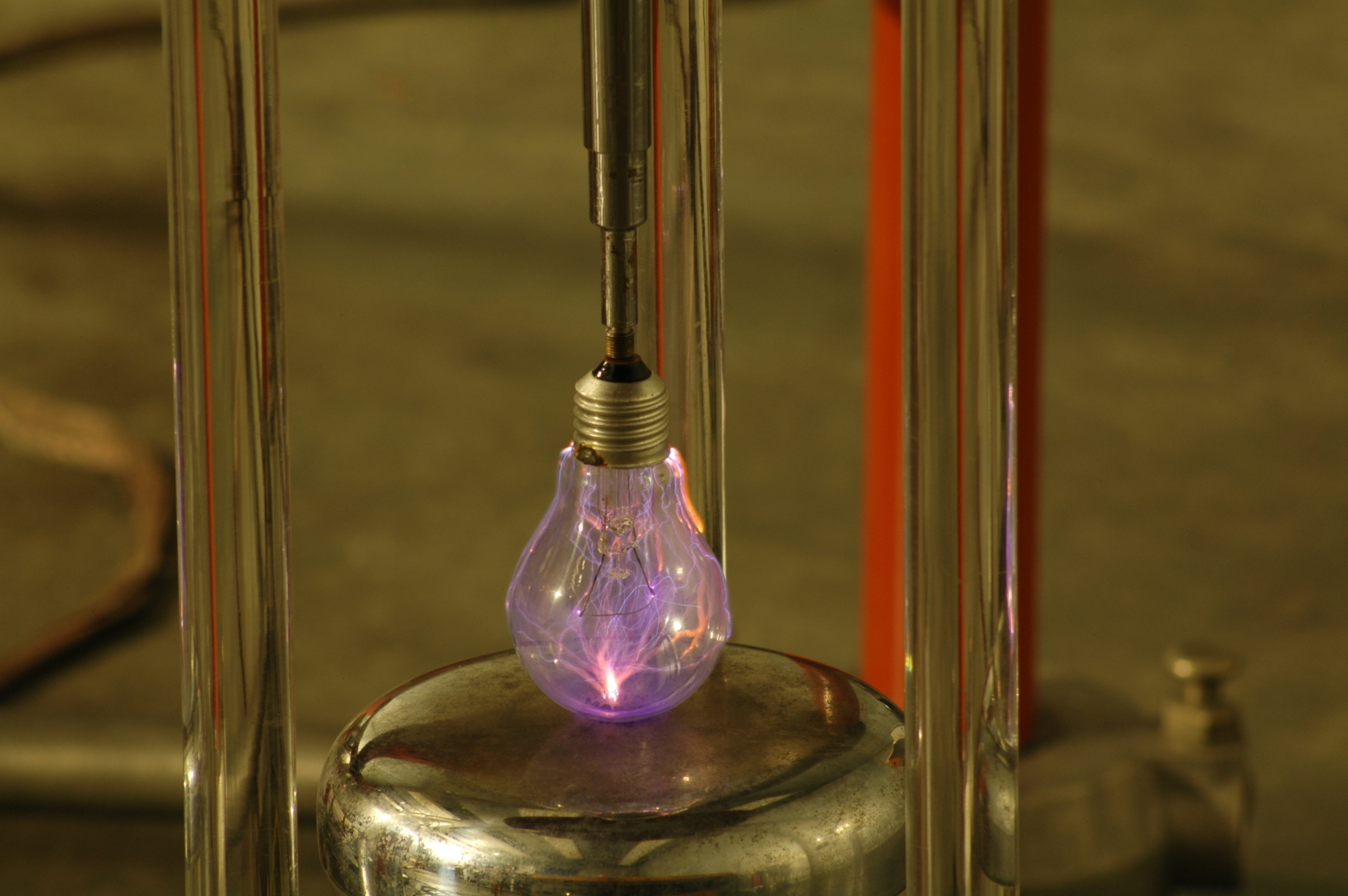










Contact
EmailE sekretariat.ee@fh-wels.at
TelephoneT +43 5 0804 43075
Quick Links
I'll help you choose your study program.